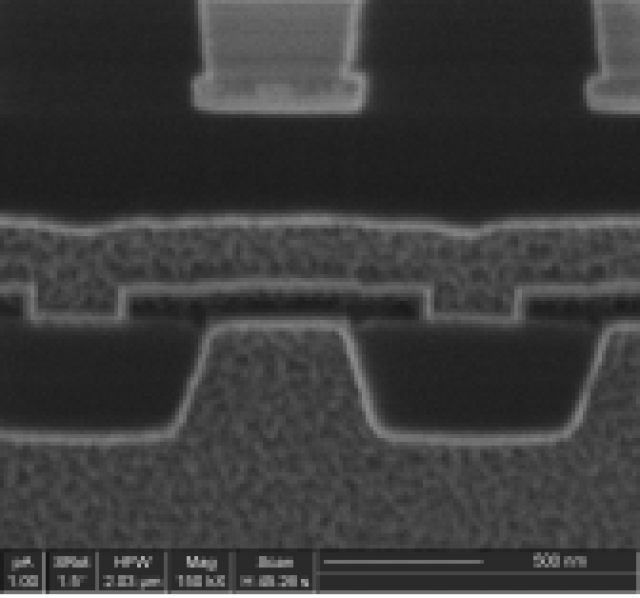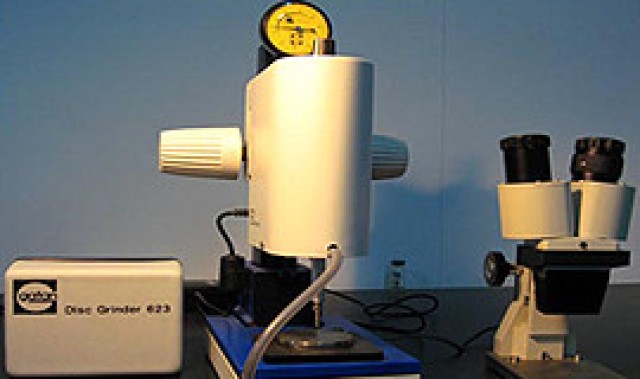
渭南纳米压痕英语翻译怎么说
- 纳米压痕
- 2024-05-04 14:10:19
- 257
纳瑞科技(北京)有限公司(Ion Beam Technology Co.,Ltd.)成立于2006年,是由在聚焦离子束(扫描离子显微镜)应用技术领域有着多年经验的技术骨干创立而成。
Title: The translation of \"nanoscale indentation\" in English

In recent years, the development of nanotechnology has led to an increasing interest in understanding the behavior of matter at the nanoscale. One of the key properties of nanoscale materials is their ability to exhibit indentation, which is the formation of a three-dimensional structure on a surface due to the application of external forces. This phenomenon is of great importance in various fields, such as materials science, surface science, and biomedical engineering.
In English, the translation of \"nanoscale indentation\" can be \"nanoscale indentation.\" However, it is worth noting that there may be some differences in the connotations and nuances between the two languages. In this article, we will explore the meaning and implications of \"nanoscale indentation\" in both English and Chinese, as well as provide some suggestions for translating it accurately.
In English, \"nanoscale indentation\" can be translated as \"nanoscale indentation,\" which refers to the deformation of a surface due to the application of external forces at the nanoscale. This process can result in the formation of pits or depressions on the surface, which can have significant implications for various applications. For example, in materials science, researchers may be interested in understanding how the indentation behavior of nanoscale materials can be manipulated to achieve specific functions, such as wear resistance, corrosion resistance, or biocompatibility.
In Chinese, \"nanoscale indentation\" can be translated as \"纳米级凹陷,\" which directly conveys the meaning of indentation at the nanoscale. This term can be used to describe the phenomenon of indentation in various nanoscale materials, such as the deformation of gold surfaces produced by the application of external forces or the formation of pit-like structures on the surface of silver nanoparticles due to the influence of air.
Despite some differences in the connotations and nuances between the two languages, there are also some similarities in the way that nanoscale indentation is translated. Both English and Chinese terms, such as \"nanoscale indentation\" and \"纳米级凹陷,\" indicate the formation of indentations on surfaces due to the application of external forces at the nanoscale. Moreover, both terms suggest that the indentation behavior of nanoscale materials may have important implications for various applications.
In conclusion, the translation of \"nanoscale indentation\" in English and Chinese can be similar to \"纳米级凹陷,\" referring to the deformation of surfaces due to the application of external forces at the nanoscale. While there may be some differences in the connotations and nuances between the two languages, the basic meaning and implications of this phenomenon are similar in both cultures. As nanotechnology continues to advance, it is essential to have accurate and consistent translations of relevant terms to ensure that research and development in this field can benefit from a common understanding.
专业提供fib微纳加工、二开、维修、全国可上门提供测试服务,成功率高!
渭南纳米压痕英语翻译怎么说 由纳瑞科技纳米压痕栏目发布,感谢您对纳瑞科技的认可,以及对我们原创作品以及文章的青睐,非常欢迎各位朋友分享到个人网站或者朋友圈,但转载请说明文章出处“纳米压痕英语翻译怎么说 ”









